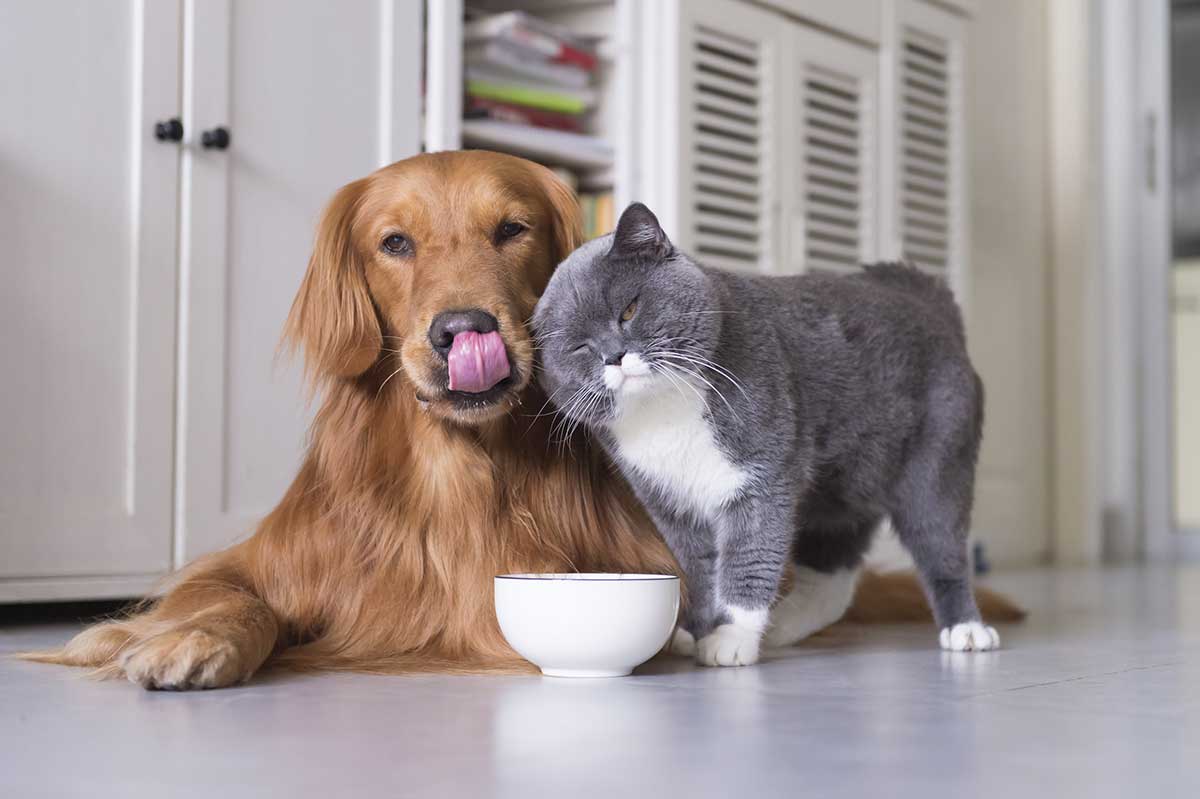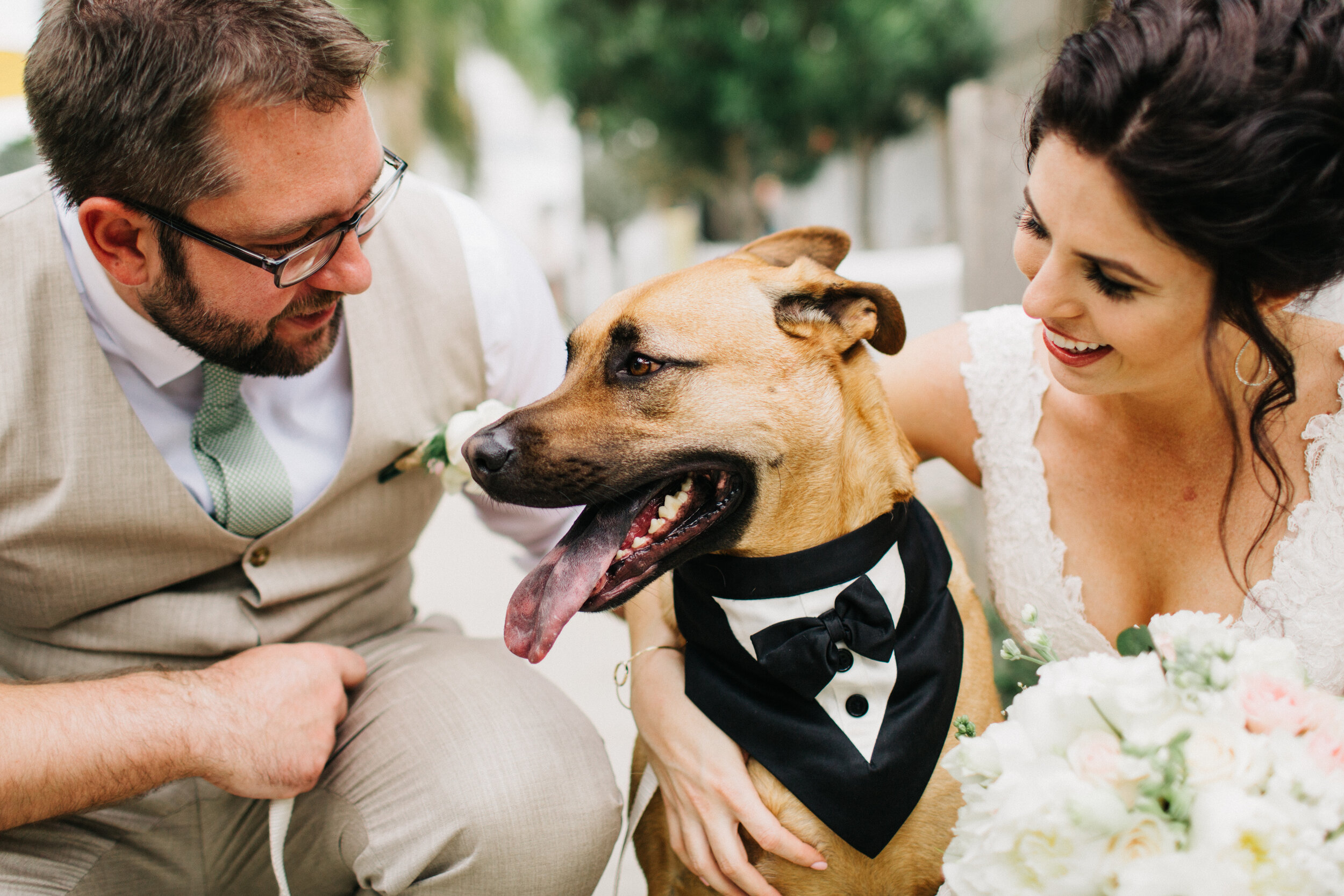If you own a dog, thinking about a plan for their future should something happen to you is essential. In addition to putting money into a savings account and enrolling in pet medical insurance, consider purchasing life insurance.
Life insurance, formally known as mortality and theft insurance, pays out to replace your dog after its death or theft. It’s more expensive than regular pet insurance and only for some pet owners or dogs.
Cost
When protecting your pet’s future, the cost of animal life insurance can be a concern. The policy’s costs vary based on the pet’s age, health profile, and level of care you choose.
Veterinary costs are high, especially for older pets, so insurance can help defray the expense of routine care and emergency medical treatment. Plans typically have a deductible and reimburse 70-100% of eligible vet bills.
Some companies also offer a “burial” option, which reimburses you for the cost of burial and cremation. That’s a significant saving over funeral costs, which can run upward of $25,000 or more.
Some pet owners buy life insurance for their expensive show, hunting, or service dogs. These animals generate a substantial income, making them valuable assets.

Coverage
A pet is a valuable family member, and it makes sense to have a plan that will pay for its care if something happens to you. This coverage is called Animal Life Insurance, and it’s designed to protect your pet’s future, just like we have insurance for our human family members.
The policy’s coverage is based on several factors, including your pet’s age and breed and average veterinary costs in your area. You also choose a deductible, reimbursement percentage, and annual limit.
The most comprehensive plans typically cover accidents, illnesses, and routine wellness. These include the usual veterinary expenses but are more expensive than plans that only cover accidental injuries. Deductibles, coverage limits, and premiums vary by insurer.
Pre-existing conditions
Animal life insurance is a type of death benefit that people buy for their dogs, cats, and other pets. These policies are typically purchased for working animals, such as show dogs.
Before buying an animal life insurance policy, meet with your veterinarian to determine which hereditary conditions might not be covered. This is especially important for breeds with higher rates of genetic diseases.
Some companies may exclude conditions that recur during the policy term or within 12 months of a diagnosis. This can include diseases like urinary tract infections, ear problems, and skin conditions, but not geriatric illnesses or injuries.
A pre-existing condition can be a medical illness, injury, or disease that existed before the day of your policy’s enrollment or during the waiting period for the coverage. These include hereditary conditions and medically-related or chronic conditions.
Waiting periods
While it can be frustrating to learn that animal life insurance requires a waiting period, they are essential for protecting your pet’s future. Without them, people could sign up for coverage before their pets become sick or injured, causing premiums to rise dramatically and making insurance less affordable for everyone.
Waiting periods are also necessary to protect pet insurance companies from fraud. If a customer misrepresents their pet’s condition during the application, they are guilty of insurance fraud, a felony in most states.
Most providers have two or three-day accident waiting periods and 14-day illness waiting periods. Some have longer waiting periods for specific conditions, such as cruciate ligament issues and knee-related surgery or treatments. Some will waive these waiting periods if the vet examines your dog within the first month of your policy. And some even offer wellness plans that have no waiting periods.

